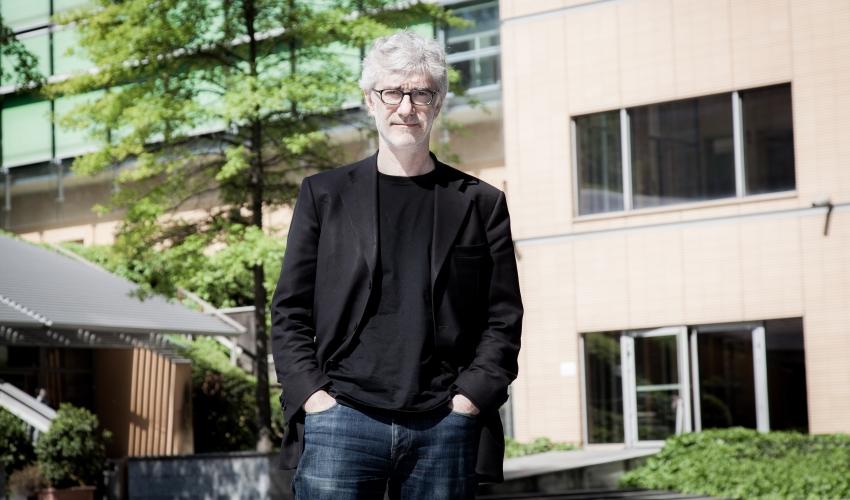
De Biase: After Ideology Dies, Theory Takes a Step Forward
THE NOVA24 DIRECTOR AND BOCCONI ALUM TALKS ABOUT HIS IDEA OF OPEN INNOVATION. BECAUSE WHAT MATTERS IS NOT ONLY MACHINES, BUT ALSO THE EMERGENCE OF PLACES FOR CREATION AND CONTAMINATIONWhen it left a purely academic field and entered the complex system of communication, open innovation risked taking on ideological traits, supported by an effective promotional campaign that popularized its principles. Old hat, perhaps necessary in order to capture attention but problematic for achieving concrete results. Today, this stage has been surpassed and it can be discussed not as an ideology but rather a theory, with a good chance of having an impact on how innovation is made, says Luca De Biase, Editor of Innovation at Il Sole 24 Ore, Director of the insert Nova24, and Bocconi alumnus.
➜ Is open innovation indebted to open source in any way?
Open source has a long history, dating back to at least the 1980s, while the idea of open innovation started about fifteen years ago, mostly due to the work of Henry Chesbrough, at Berkeley. It soon became an approach, a method and a system based on specific research infrastructure like the Fab Labs founded at MIT thanks to Neil Gershenfeld and then spreading around the world. The principle of sharing is important, but also the method with which relations between people with different backgrounds are built, with the belief that innovation is not the result of individual work, but the outcome of exchange and intersectional contamination between points of view.
➜ This is also a good history. What role has communication had in developing the idea?
At the beginning, it was shared only in academic circles. With the makers movement, we witnessed a true communication campaign. It seemed that sharing and 3D printing could change how the economy functions. At the foundation, there was an ideological construction, the idea that what happened in IT with open source could be recreated in the world of craftsmanship and manufacturing. Now it is understood that it’s not exactly like that.
➜ So then, what is it?
It is a focus on that attitude and awareness that the heart of open innovation is not a machine, but production in places in which contamination is created: Fab Labs, contamination labs and co-working centers where unexpected encounters can happen. Interesting territorial policies have been developed in many parts of Italy as well as measures in favor of contamination labs in universities.
âžœ So it wasn’t just a campaign…
That was then. A change in language also shows this discontinuity: 3D printers are no longer discussed, for example, but rather additive manufacturing, which is a broader and more technologically precise concept. After the campaign, the idea remained that a wager was needed to create conditions supporting open innovation, but while the idea was based on an ideology, today it is based on a theory. And the theory has the great advantage of being tested and adapted based on evidence collected.
➜ What does the future hold?
Contrasting theories are one, that contamination between generators of innovation must be allowed, because more innovation and more effective innovation is derived from it. The opposite theory is that secrets and ownership of innovation should not be given up so that increased profit is not relinquished. There will always be a swinging pendulum between the two positions, but, at the moment, the idea of openness is advancing.
Read more on this topic
Open Businesses Are Good for Business. And Innovation
Piacentini: Exporting the Model of Open Innovation into Public Administration
Open Innovation? It Is a Question of Knowledge Governance
Open Patenting. It Ranges from Licensing to Viral Patents, but Academia is Skeptical
Innovation: the Conditions for Making an Open Relationship Work
To Develop a Product You Have to Look Inside
by Fabio Todesco
